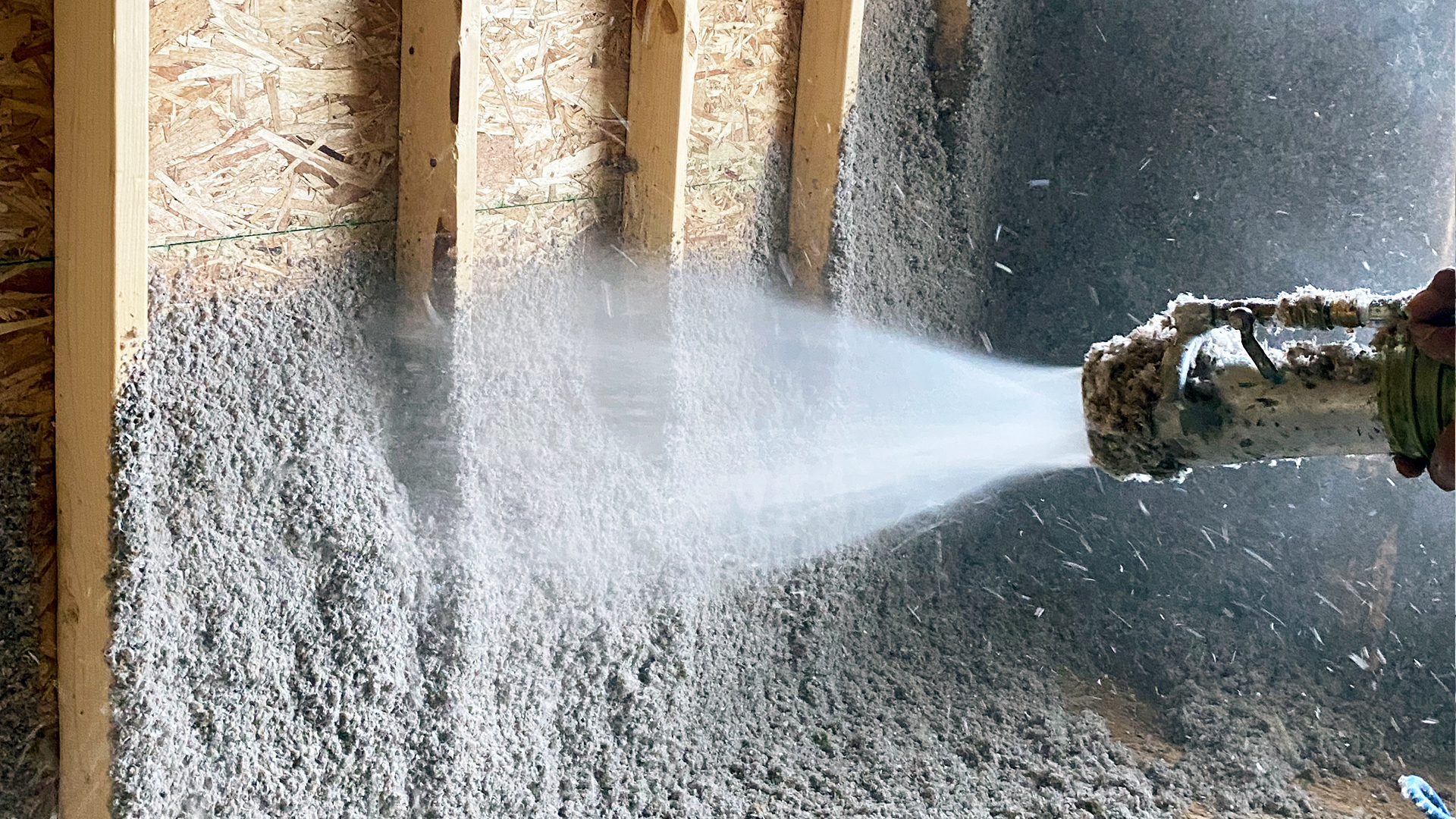
R-Value testing is regulated by the Federal Trade Commission, which requires the following statements regarding R-Value:
The use of R-Value tests allows the consumer to make choices based on the relative values for different products. R means resistance to heat flow. The higher the R-Value, the greater the insulating power. Compare insulation R-Values before you buy.
There are other factors to consider. The amount of insulation you need depends mainly on the climate you live in. Also, your fuel savings from insulation will depend upon the climate, the type and size of your house, the amount of insulation already in your house, and your fuel use patterns and family size. If you buy too much insulation, it will cost you more than what you’ll save on fuel.
The R-Value of Nu-Wool Premium Cellulose Insulation is 3.8 per inch.
R-Value is a measure of how well an insulation product resists the flow of heat or cold through it. R-Value is determined by a laboratory test in which an insulation material is sandwiched between a cool and a warm surface. The ability of the material to resist temperature changes results in an R-Value for that material.
A machine in a laboratory gives a relative number that can be used to compare products, but a laboratory R-Value does not provide the entire story about the effectiveness of those products. Insulation is subjected to a wide range of temperature conditions in a building. The insulation is degraded by air movement through it (air infiltration), and by convection forces that develop within the insulation material.
Convective Loops
A convective loop, whether inside a wall cavity or in another part of the building structure, occurs when air rises along a warm surface and falls along a cold surface, creating a circular movement of warm and cold air.
A convective loop transfers heat through the building assembly, requiring more energy to replace the lost heat in heating seasons and the lost cool air in cooling seasons.
Improper installation of fiberglass insulation, light density blown-in insulation and structural items such as a drop soffit can create a convective loop.
“Effective R-Value” incorporates how well an insulation product reduces air infiltration and convective loops, in addition to its measured R-Value. Installing Nu-Wool Premium Cellulose Insulation using the Nu-Wool WALLSEAL System eliminates voids and air pockets common with other insulation materials, reducing air infiltration and increasing the “Effective R-Value” of the wall assembly. These superior thermal properties give Nu-Wool Premium Cellulose Insulation an “Effective R-Value” greater than its measured R-Value.
Get in Touch
Would you like more information on Nu-Wool brand insulation products? Email us today or locate a Nu-Wool installer or retailer near you.
